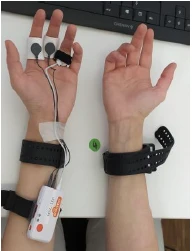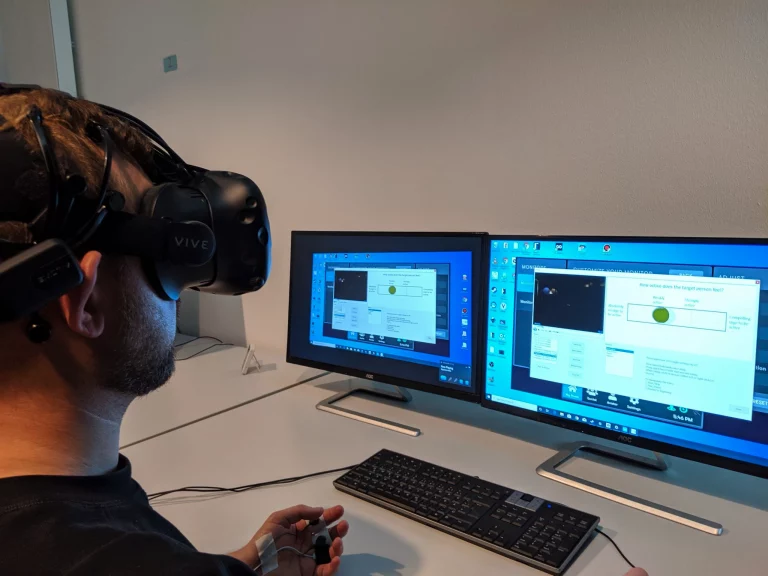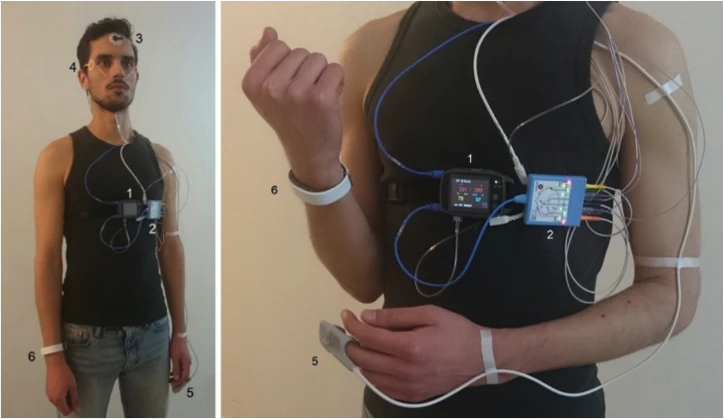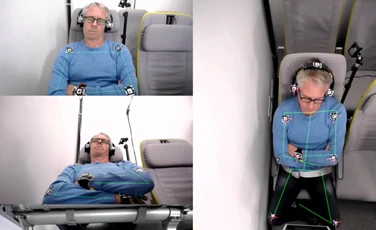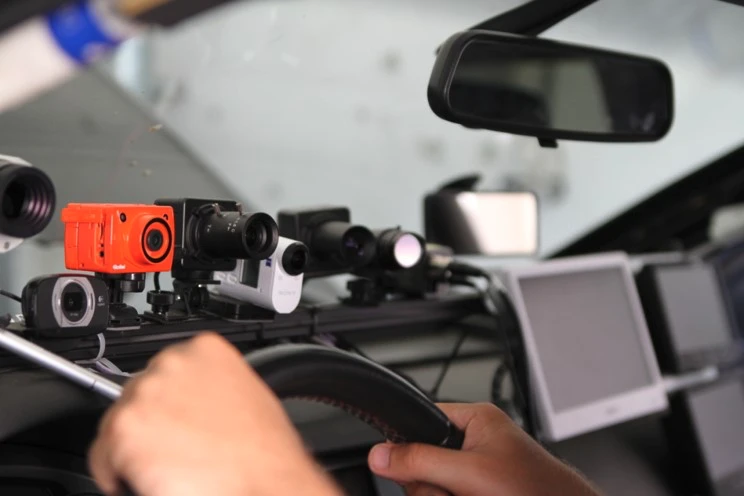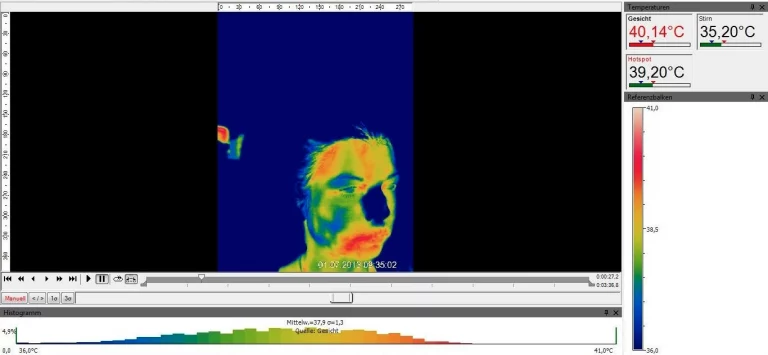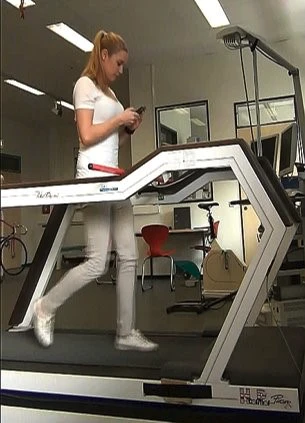
Psychophysiological Data Collection With Motion Artefact Evaluation
Investigation of disturbance in signal quality of physiological sensors induced by muscle activity
Project Justification
Human cognitive and emotional processes are accompanied by peripheral physiological changes – including hormone release and the activation or inhibition of the sympathetic nervous system. These processes can be assessed through electrophysiological measurements, using sensors attached to the body.
A central challenge in this context is the reliable and artifact-free acquisition of physiological signals. These signals are highly sensitive to interference – particularly from motion artifacts caused by muscle activity, body movement, or sensor displacement.
As a result, it is essential to account for such artifacts during the development of physiological measurement devices. Ensuring signal quality and robustness under real-world conditions is a critical prerequisite for generating meaningful and interpretable data.
Our Approach
In previous studies, multiple psychophysiological signals were recorded from participants performing standardized movement and affect-inducing tasks under controlled laboratory conditions. These studies aimed to evaluate the reliability and accuracy of various measurement technologies.
Both commercially available sensor systems and self-developed prototype devices were assessed for their suitability in capturing key physiological parameters – including electrodermal activity (EDA), photoplethysmography (PPG), electroencephalography (EEG), and laser Doppler flowmetry (LDF). The results provided valuable insights into the performance, signal stability, and practical limitations of each system, particularly under conditions involving physical motion and emotional variation.
Insights and Outcomes
A dedicated dataset was created to systematically capture a wide range of motion artifacts that commonly distort electrode-based physiological measurements. These artifacts include actions such as speaking, coughing, chewing, and various facial expressions – all of which can significantly affect signal quality.
Based on this comprehensive dataset, it is now possible to reliably identify and filter out such artifacts. This forms the foundation for more robust and accurate signal processing pipelines, enabling cleaner physiological data for research and application in real-world environments.
Related Projects
Psychophysiological data collection (EEG, EDA, ECG)
A predictive modelling techniques and pattern recognition-based approach
Long-term psychoneuro-endocrinologic evaluation of a chronobiologically adapted light system
Evaluation of multiple fatigue intervention systems
Multimodal physiological measurements of mental workload for evaluating ADAS
Developing of emphatic dialog systems: an EU-Japanese collaboration

